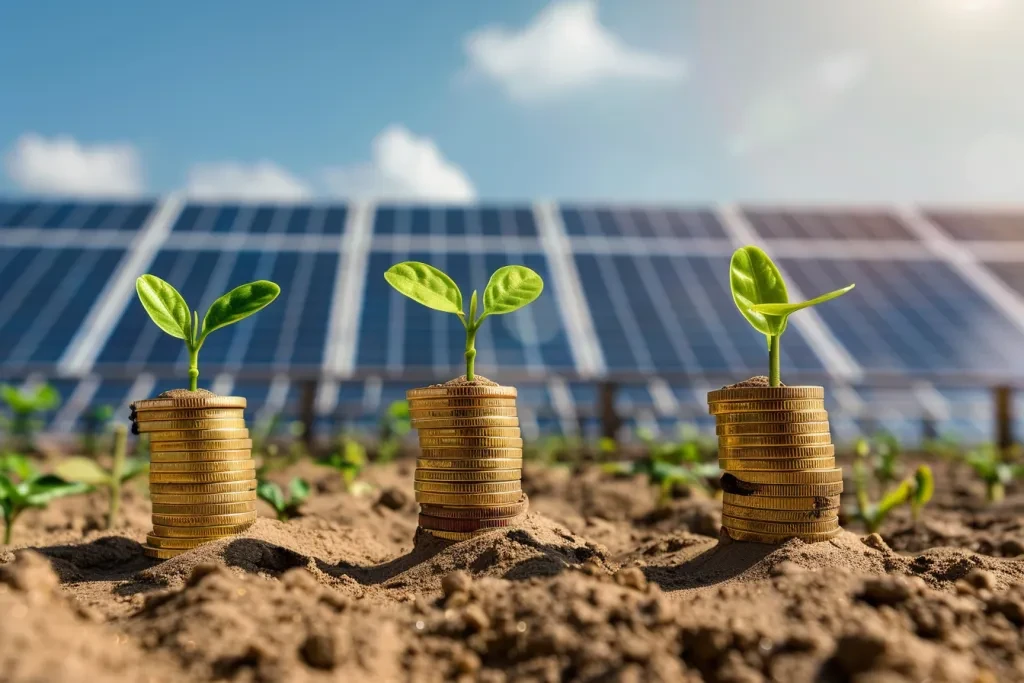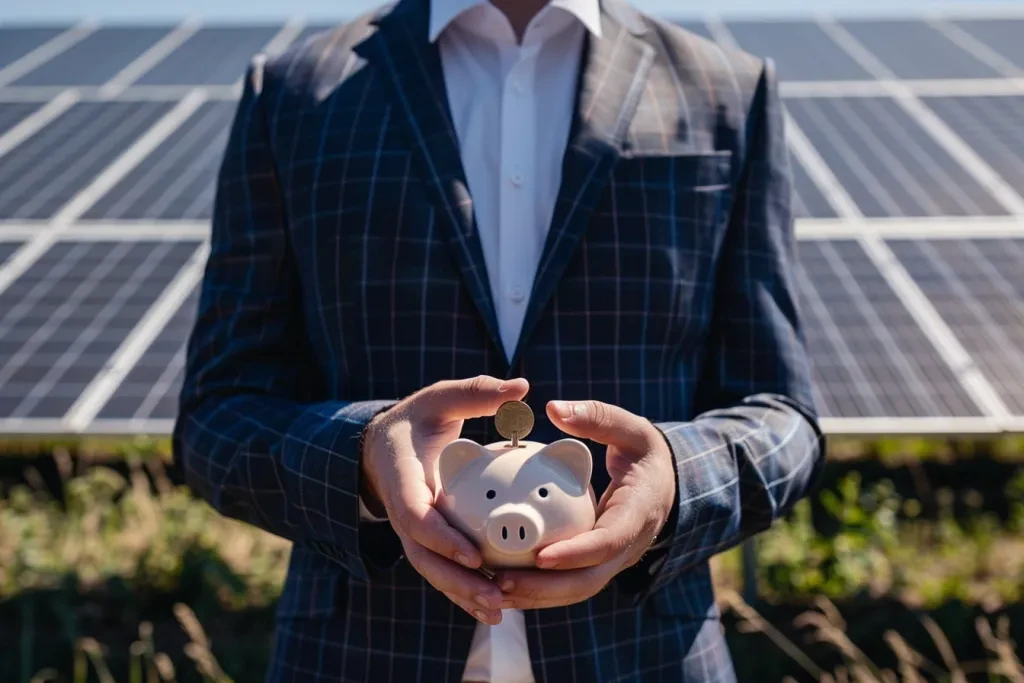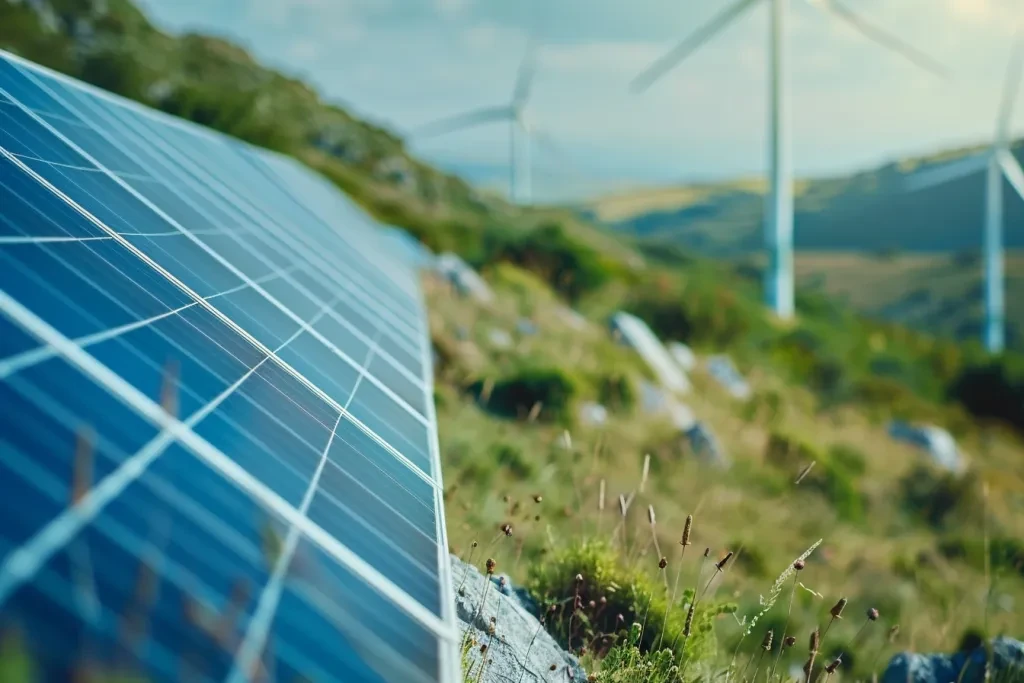The conversation around renewable energy is louder than ever, and at the heart of this dialogue is solar power. As the world seeks sustainable alternatives to fossil fuels, solar energy emerges as a pivotal player. This article delves into the intricacies of solar power, exploring its benefits, technological advancements, cost considerations, installation processes, and environmental impact. Join us as we uncover the potential of solar power to revolutionize our energy consumption patterns and pave the way for a cleaner, greener planet.
Table of Contents:
1. Benefits of solar power
2. Technological advancements in solar energy
3. Understanding the costs of solar power
4. Installation process and considerations
5. Environmental impact of solar energy
Benefits of solar power

Solar power stands out in the renewable energy spectrum for its vast and untapped potential. Firstly, it’s a clean energy source that drastically reduces greenhouse gas emissions, combating climate change. Solar energy systems don’t produce air pollutants or carbon dioxide, making them environmentally friendly. Secondly, solar power can lead to significant savings on electricity bills. After the initial setup costs, the sun’s energy is free, which means lower monthly expenses. Lastly, solar energy systems have a unique scalability feature. They can be installed in a variety of settings, from small residential rooftops to large-scale solar farms, making solar power accessible and adaptable to different energy needs.
Technological advancements in solar energy

The solar energy sector is witnessing rapid technological advancements that are making solar power more efficient and affordable. Innovations in photovoltaic (PV) cell technology have significantly increased the efficiency of solar panels, enabling them to convert more sunlight into electricity. Moreover, developments in battery storage technology are solving the issue of solar energy intermittency by storing excess energy produced during the day for use at night. Additionally, the advent of floating solar farms and solar skins demonstrates the industry’s commitment to overcoming space constraints and aesthetic concerns, respectively. These technological strides are crucial in making solar power a viable and competitive energy source.
Understanding the costs of solar power

The financial aspect of solar power is a critical consideration for many. Initially, the cost of solar energy systems might seem high, but it’s important to view this as an investment rather than an expense. The price of solar panels has dropped significantly over the years, thanks to technological advancements and increased market competition. Moreover, many governments offer subsidies, tax credits, and rebates to reduce the upfront costs of solar installations. Over time, the savings on electricity bills can offset the initial investment, making solar power an economically sound choice in the long run.
Installation process and considerations

Embarking on the journey to solar power begins with the installation process, which involves several key steps and considerations. First, it’s crucial to assess the suitability of your site. Factors such as the orientation, angle of your roof, and the amount of sunlight your location receives daily play a pivotal role in determining the efficiency of your solar energy system. Professional solar installers can conduct a thorough site assessment to ensure optimal placement and configuration of solar panels. Additionally, understanding local regulations and obtaining necessary permits is essential before installation can commence. The complexity of the installation process underscores the importance of choosing experienced professionals to guide you through each step.
Environmental impact of solar energy

The environmental benefits of solar power are profound. By harnessing the sun’s energy, we can significantly reduce our reliance on fossil fuels, thus decreasing air pollution and greenhouse gas emissions. Solar power also consumes less water compared to conventional power generation methods, alleviating the strain on this precious resource. Furthermore, solar energy systems have a relatively low impact on land use, especially when installed on rooftops or in already developed areas. The shift towards solar power represents a crucial step in our journey towards a more sustainable and environmentally friendly energy future.
Conclusion:
Solar power is not just an alternative energy source; it’s a beacon of hope for a sustainable future. With its environmental benefits, cost savings, and technological advancements, solar energy stands at the forefront of the renewable energy revolution. As we continue to explore and invest in solar power, we move closer to achieving a balance between our energy needs and the health of our planet. The journey to a cleaner, greener world is within our reach, powered by the sun.




